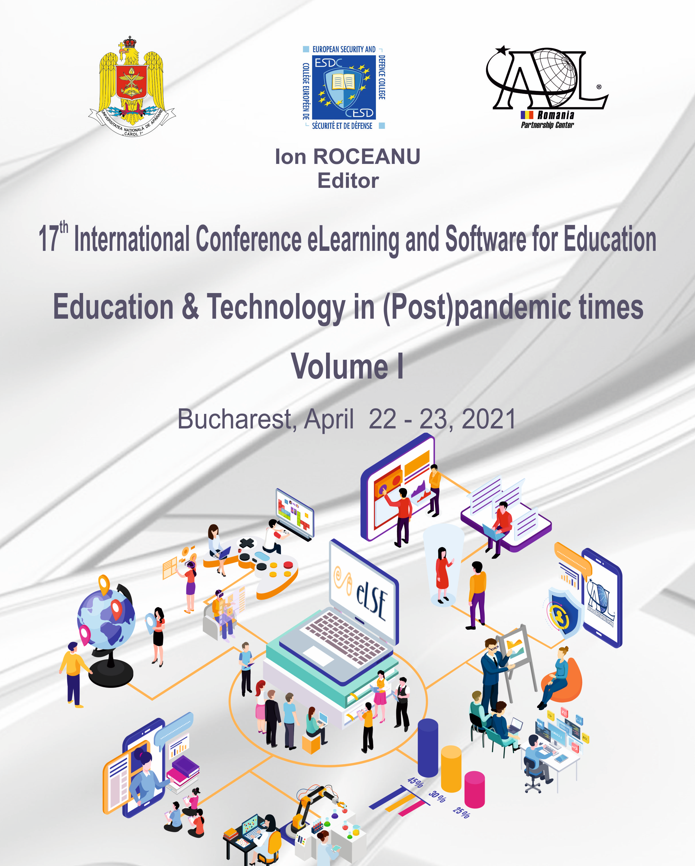NEW TRENDS IN MANAGING OUR FOREIGN LANGUAGE (VIRTUAL) CLASSROOM IN PANDEMIC TIMES
NEW TRENDS IN MANAGING OUR FOREIGN LANGUAGE (VIRTUAL) CLASSROOM IN PANDEMIC TIMES
Author(s): Ioan Laurian Soare, Maria-Cristina Munteanu-BănățeanuSubject(s): Foreign languages learning, Health and medicine and law, ICT Information and Communications Technologies, Distance learning / e-learning, Pedagogy
Published by: Carol I National Defence University Publishing House
Keywords: Online Language Teaching Pedagogy; Teaching Skills; Virtual Classroom;
Summary/Abstract: Teaching languages in pandemic times takes on both pedagogical and technological challenges. This is the moment where teachers and students explore and adapt to a new environment. This is a place (shall we call it a “cyberspace”?) where tradition has to be reconsidered more closely and facilitate significant innovations. The year 2020 will be remembered as a turnaround point in human modern history for many scientific domains. Teaching languages in schools is facing big challenges alongside with other teaching subjects (arts, humanities, natural sciences). Nonetheless, (foreign) language teaching gives teachers even in a restricted teaching environment (confinement restrictions, enforced lockdowns of varying degrees) a certain flexibility in managing the „virtual classroom”. Students can acquire in times of restrictions languages, as long as they have an electronic device that enables them to get in touch with a teacher. This also implies the fact that teachers are able to facilitate and control communication within the classroom. Moreover, beyond their (traditional) teaching skills they should also be able to develop a basic competence in the software system. Although online teaching has gained more and more attention in the last decades, it was first in 2020 – as pandemic restrictions had been imposed – that teachers were directly confronted with the need of teaching in front of a personal computer for their students. The object of this paper is therefore to examine online language teaching and set a basic framework of the so called virtual classroom. This examination relies on the fact that there is indeed a gap between traditional face-to-face classroom teaching and online teaching (Compton, 2009). Whereas the teacher is supposed to acquire additional teaching skills in order to face online challenges. Furthermore, the virtual classroom must be restructured, in the sense that traditional classroom ceases to exist once the teacher jumps into the cyberspace. Another interesting issue is cyberspace itself. This should be a space where both teacher and student have profiles and behaviours that stand in clear contrast to their traditional counterparts. A significant feature is the fact that online teaching must reshape traditional teacher-centred strategies and develop a group-centred method, whereas the general frontal view teaching should shift into a more personalised approach. Teachers must be fully aware of the importance of these acts by overcoming their fears and engaging in a constructive dialogue with their students.
Journal: Conference proceedings of »eLearning and Software for Education« (eLSE)
- Issue Year: 17/2021
- Issue No: 01
- Page Range: 293-300
- Page Count: 8
- Language: English

